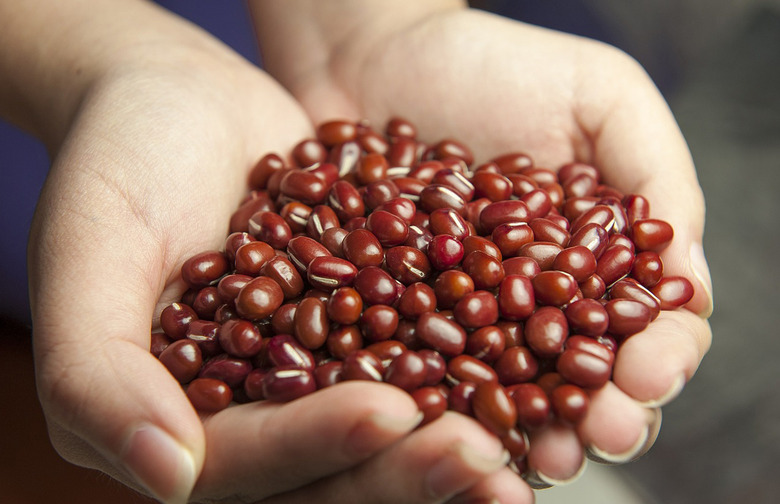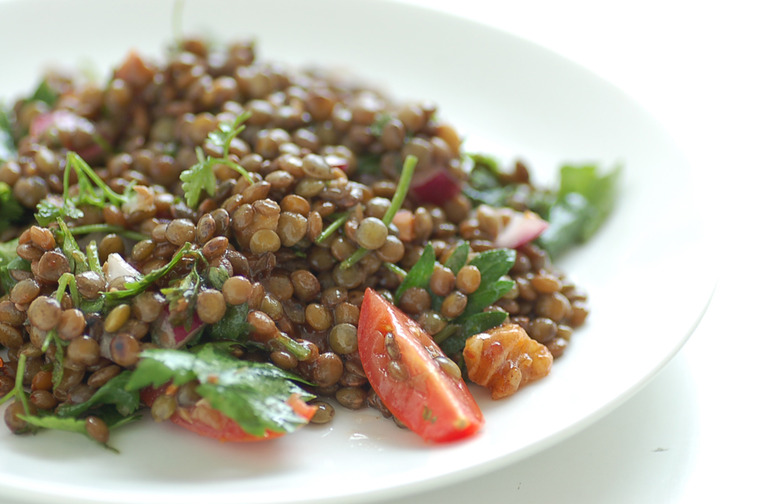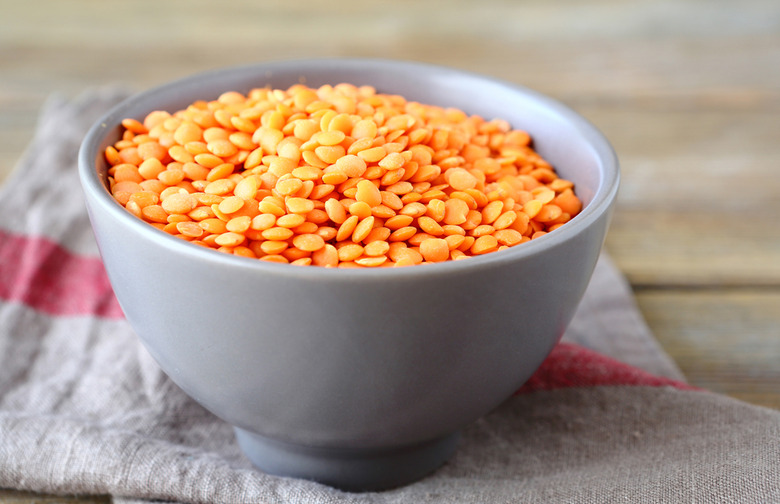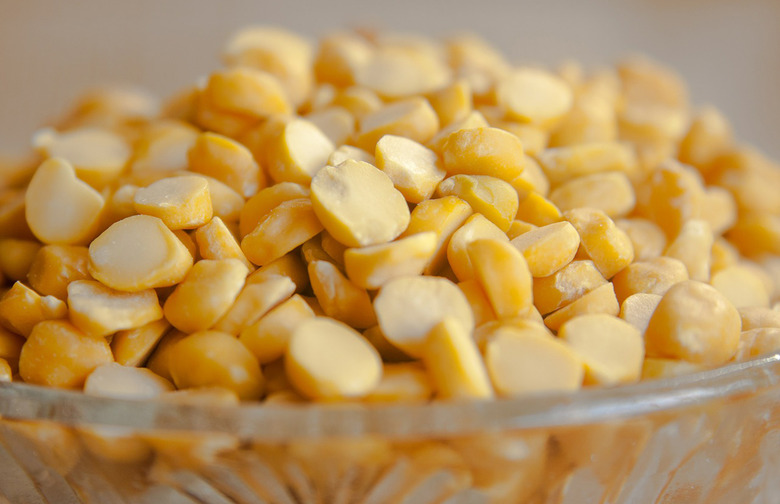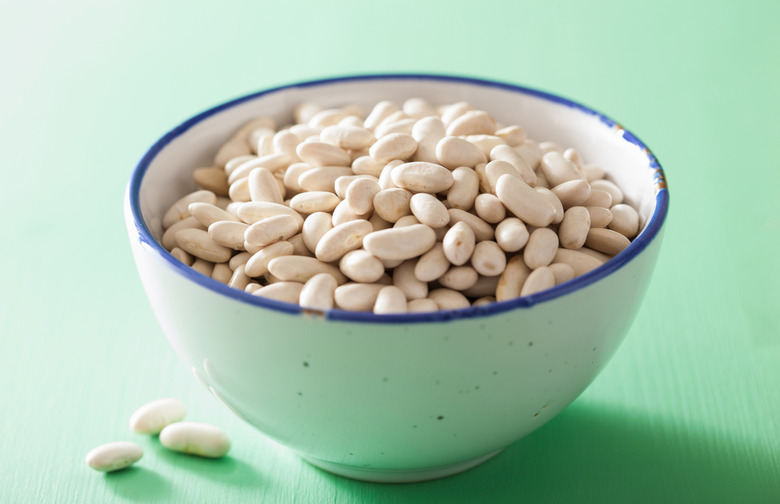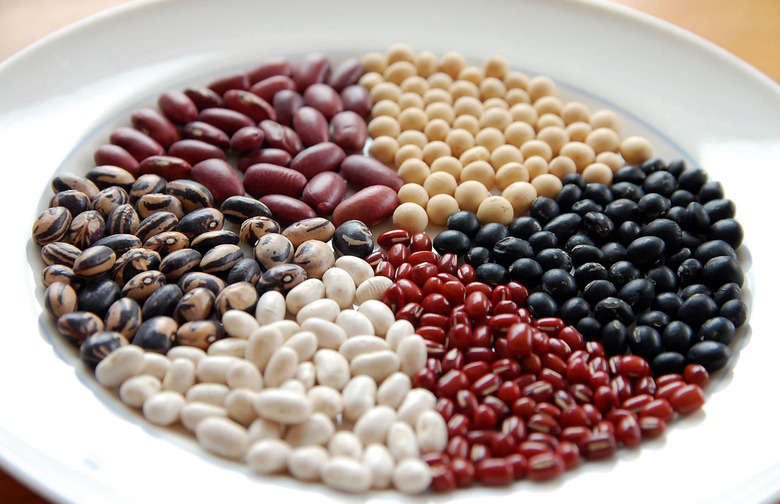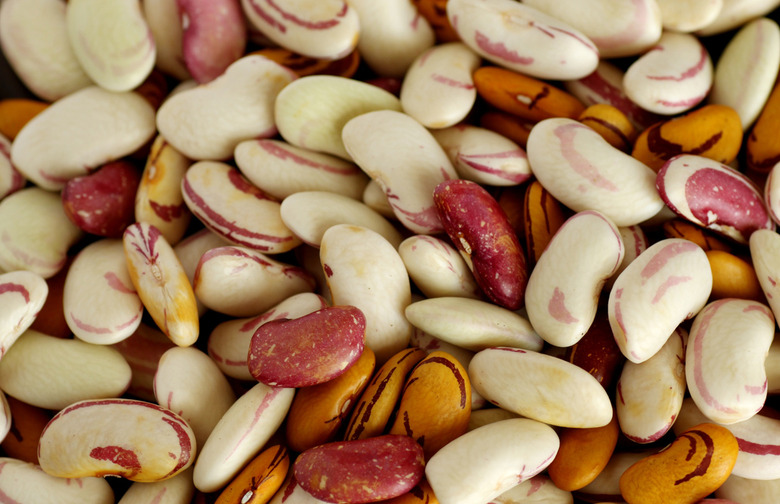The Pulse On Pulses: Why You Should Be Eating Beans And Lentils
Pulses, a unique subset within the legume family, are the dried seed of a legume. From chickpeas to lentils to dried peas, you've probably seen pulses at salad bars before. Click ahead to see why you should be eating more of these fruits during the "International Year of Pulses."
Anti-Aging Antioxidants
Legumes in general contain antioxidants, which can help to ward off disease and aging as well as cell damage.
Complex Carbohydrates
The carbs a pulse is made of are mostly fiber and starch. This means that they're good at preventing an often undesired spike in blood sugar levels.
Gluten-Free
If you're leading a gluten-free lifestyle, you'll be happy to know that pulses contain none of this increasingly unpopular protein.
Less Water
On average, it takes around 43 gallons of water to produce one pound of pulses. Other legumes, like peanuts and soybeans, require much more water to produce. Peanuts come in around 368 gallons per pound and soybeans need 216 gallons.
Nitrogen-Fixing
Pulses naturally fix nitrogen in soil, reducing their environmental impact. This process results in a much smaller carbon footprint compared to crops like corn while also helping to increase soil quality.
Protein Power
Per 100 grams, pulses contain anywhere from 13 to around 26 grams of protein. Lower in fat than their peanut and soybean cousins, this tasty food source can function as a great way for vegans and vegetarians to get in much-needed protein.
Versatility
Pulses can be incorporated into any meal. After rinsing them, lentils, chickpeas, and other pulses can be put in salads, served as a side, or worked into your favorite pasta dish.
For more on chickpea recipes, click here.
If you're looking for ways to use lentils, click here.
World Recognition
The developing world relies heavily on pulses, but the Global Pulse Confederation notes that "there is a massive gap in productivity between pulse crops inside and outside the developing world. With the introduction of improved varieties and promotion of better management techniques, pulse crops can continue to be an excellent choice for farmers in the developing world."

